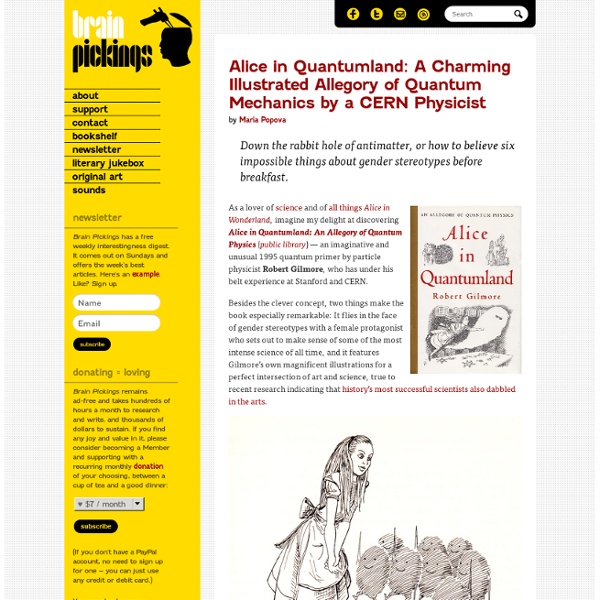Alice in Quantumland: A Charming Illustrated Allegory of Quantum Mechanics by a CERN Physicist

Einstein for Everyone
Einstein for Everyone Nullarbor Press 2007revisions 2008, 2010, 2011, 2012, 2013 Copyright 2007, 2008, 2010, 2011, 2012, 2013 John D. Norton Published by Nullarbor Press, 500 Fifth Avenue, Pittsburgh, Pennsylvania 15260 with offices in Liberty Ave., Pittsburgh, Pennsylvania, 15222 All Rights Reserved John D. An advanced sequel is planned in this series:Einstein for Almost Everyone 2 4 6 8 9 7 5 3 1 ePrinted in the United States of America no trees were harmed web*bookTM This book is a continuing work in progress. January 1, 2015. Preface For over a decade I have taught an introductory, undergraduate class, "Einstein for Everyone," at the University of Pittsburgh to anyone interested enough to walk through door. With each new offering of the course, I had the chance to find out what content worked and which of my ever so clever pedagogical inventions were failures. At the same time, my lecture notes have evolved. This text owes a lot to many. i i i
Khan Academy
Newton's Laws of Motion
The motion of an aircraft through the air can be explained and described by physical principals discovered over 300 years ago by Sir Isaac Newton. Newton worked in many areas of mathematics and physics. He developed the theories of gravitation in 1666, when he was only 23 years old. Some twenty years later, in 1686, he presented his three laws of motion in the "Principia Mathematica Philosophiae Naturalis." Newton's first law states that every object will remain at rest or in uniform motion in a straight line unless compelled to change its state by the action of an external force. The second law explains how the velocity of an object changes when it is subjected to an external force. F = m * a For an external applied force, the change in velocity depends on the mass of the object. The third law states that for every action (force) in nature there is an equal and opposite reaction. Activities: Guided Tours Newton's Laws of Motion: Navigation .. Beginner's Guide Home Page
The Feynman Lectures on Physics
How to Determine If A Controversial Statement Is Scientifically True
A small typo: "...Dr. Plait warned that [t]here are a few things to watch out for...". Great article overall, though I wonder if it advocates leaning on authority figures a bit too much. I think it's fairly obvious that the evidence itself is more important than whoever presents it, but I wish this were stated more explicitly. It can be next to impossible for laypeople to determine the difference between "legitimate" experts and their counterparts (and in some fields "legitimacy" may be ill-defined to the point of meaninglessness, and even experts aren't *always* right). Flagged Thanks for the correction - and excellent points, thank you!
Related:
Related:



